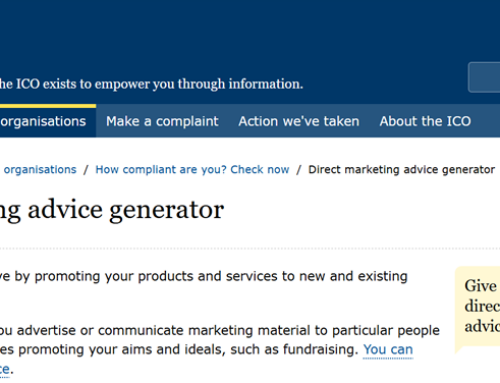The recent news of a potential reduction in the Universal Service Obligation (USO) delivery days by Ofcom has sent ripples through the direct mail industry. A leaked report earlier in the week suggested a move from six to five delivery days per week, effectively removing Saturday deliveries. Then this morning another story suggests that Royal Mail could move to a three-day week! It’s hard to keep up. But whatever, the outcome, the proposed plans will raise questions about the impact on direct mail campaigns.
The Significance of Saturdays in Direct Mail
Traditionally, Saturday has been a golden day for direct mail campaigns. A weekend delivery often catches recipients in a more relaxed state, leading to better engagement and response rates.
For instance, according to JICMAIL figures mail delivered on a Saturday is statistically more likely to be opened and read than any other day. Moreover, recipients are 2% more likely to do something with the information, 2% more likely to discuss the contents and 1% more likely to take an online action than mail received on a week day. Frequency of interaction is also higher on a Saturday standing at 4.52, whilst weekday mean average is 4.37.
Admittedly, whilst the uplift for all these metrics isn’t huge, Saturday does still outperform every other day of the week and these small percentages all add up ultimately, contributing to a higher campaign ROI.
Direct Mail’s Enduring Effectiveness
More statistics from JICMAIL show that effectiveness of mail is soaring. Across all measured metrics increases have been recorded such as open rates, time spent, percentage of mail resulting in a commercial action etc. As a result, it is unsurprising that the most recent Bellwether Report, out last week, shows that investment in direct mail by brands has risen to its highest level in 20 years.
Direct mail offers a tangible and personal touch, often standing out amid the digital noise. It is now the most trusted form of advertising. This physical presence in a recipient’s home provides an opportunity for more profound engagement, a contrast to the fleeting nature of emails and digital ads, which is why canning Saturday delivery could have a profound impact on mail effectiveness.
Not only that but a reduction of 1, 2 or even 3 days could damage consumer perception. People will continue to receive the same amount of direct mail. But it will be delivered in a smaller window, making it seem that people are receiving more. It has taken years for the industry to shed its ‘carpet bombing’ reputation but it looks likely it will make an unwelcome return.
The Imperative to Consider Industry Impact
As Ofcom and Royal Mail deliberate on these potential changes, it’s crucial to recognise the substantial contributions of the direct mail industry to the economy. It’s not just a matter of logistics and cost-saving; it’s about understanding the relationship between delivery schedules and marketing effectiveness. The direct mail industry has shown remarkable resilience and adaptability, especially in the face of the digital revolution and a global pandemic. Any changes to the postal service days must be weighed against the possible repercussions on an industry that has proven both its economic value and adaptability.
The future of postal services is not just about the frequency of deliveries, but also about supporting industries that rely on these services to connect, engage, and thrive in an increasingly digital world.





